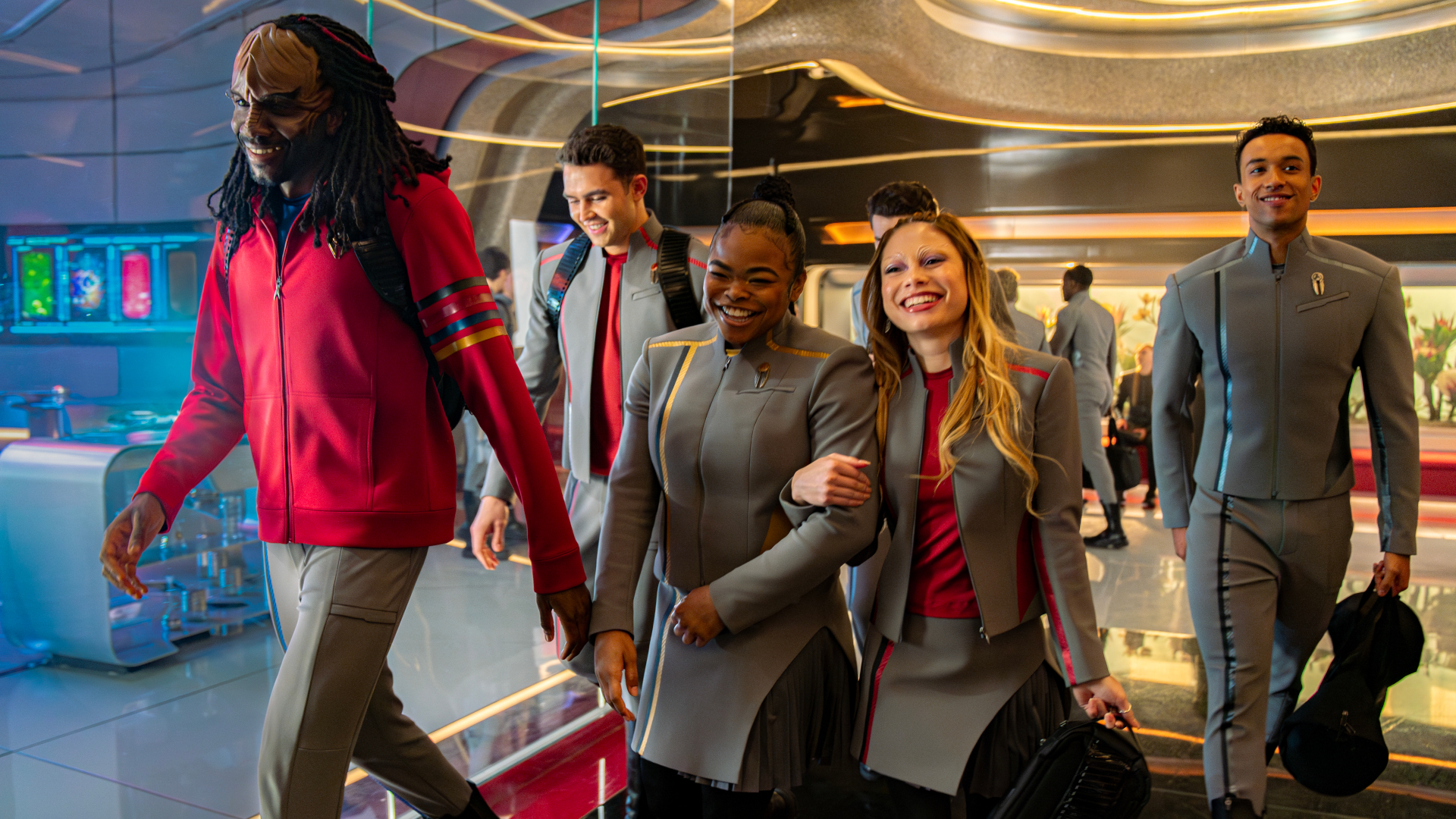How Virgin Galactic's SpaceShipTwo passenger space plane works (infographic)

Virgin Galactic's SpaceShipTwo will carry six passengers up past 328,000 feet altitude (100 kilometers), the point where astronaut wings are awarded. The new craft is launched from an airplane, fires a rocket to gain altitude, then re-enters the atmosphere and glides to a landing.
Variable-geometry rudders can be "feathered" — rotated up 90 degrees — to increase drag and control vehicle yaw. The ship's rocket engine fires for 70 seconds to boost the vehicle to maximum altitude.
SpaceShipTwo has a crew of two and carries six passengers. The craft's length is 60 feet (18.3 meters), with a wingspan of 27 feet (8.3 meters).
The vehicle is air-launched from its WhiteKnightTwo carrier plane at 50,000 feet altitude (15.5 kilometers). After separating, SpaceShipTwo fires its rocket engine for 70 seconds to accelerate to 2,500 mph (4,000 km/h).
The booster rocket shuts down and the craft coasts higher. Passing 328,000 feet (100 km), the passengers cross the Karman Line where fliers are considered astronauts. The craft reaches its highest altitude, 361,000 feet (110 km). Passengers experience five minutes of weightlessness.
SpaceShipTwo's rudders are configured in "feathered" mode for re-entry into the Earth's atmosphere to increase drag and reduce heating from friction.
At 70,000 feet (22.9 kilometers) the rudders are de-feathered into gliding configuration. Landing gear and skid are deployed for landing on a conventional runway.
Breaking space news, the latest updates on rocket launches, skywatching events and more!
You can follow Space.com on Twitter @Spacedotcom and on Facebook.

Karl's association with Space.com goes back to 2000, when he was hired to produce interactive Flash graphics. From 2010 to 2016, Karl worked as an infographics specialist across all editorial properties of Purch (formerly known as TechMediaNetwork). Before joining Space.com, Karl spent 11 years at the New York headquarters of The Associated Press, creating news graphics for use around the world in newspapers and on the web. He has a degree in graphic design from Louisiana State University and now works as a freelance graphic designer in New York City.
